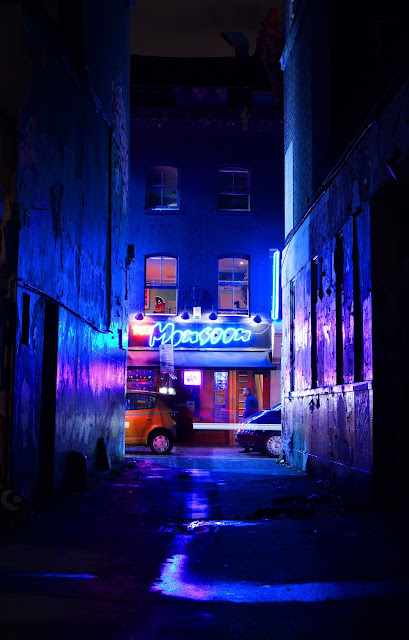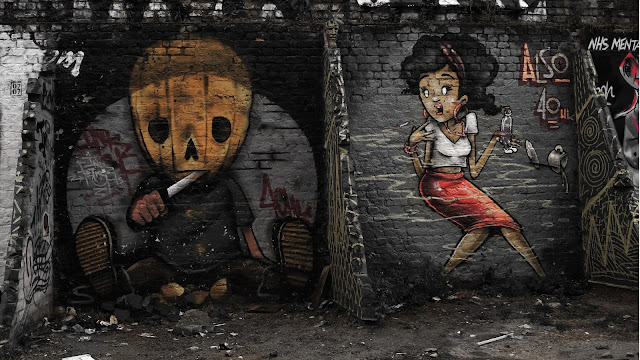Unbeknownst to most of us there are a bunch of clever people out there, many of them at NASA, who carefully look after our time for us. We're all aware, hopefully, that every four years, with some exceptions, we have an extra day added to the year in the form of February 29th. This is because the time it takes the earth to orbit the sun is actually nearer 365.25 days than plain old 365. Nothing too complicated about that.
However, the time it takes the earth to spin around its axis is not precisely 24 hours, or 86,400 seconds; it's more like 86,400.002 seconds. What complicates things, though, is that it isn't always that long, it varies, and no one can predict how long it will be in the future. This is because plate tectonics, the movement of the major landmasses around the surface of the earth, and weather patterns can all have an effect and both of these are inherently unpredictable.
The main reason that days are longer, and generally getting longer still, than they used to be is that the moon is constantly tugging on the earth. Its gravity pulls and drags the oceans over the surface of the planet; this gives us tides but that friction of the water moving over the earth also slows our rotation down. In a very, very, very, very long time the earth will stop rotating with respect to the moon and our lunar companion will only ever be visible from half of the planet. Like I said, though, we're talking a long time until this happens, billions of years, indeed some people say it will never happen as our oceans will have long evaporated away by then and the planet will be all but a dead rock so, y'know, don't panic or anything.
None of this would make a blind bit of difference to our lives if it wasn't for the fact that little things like the internet and the financial sector all run on software in which good time keeping is critical. These systems tend to run on atomic time, the time as measured by the insane accuracy of modern atomic clocks which work by measuring the vibrations of caesium atoms and such. These modern clocks, which look nothing like clocks, are accurate to about 1 second in a billion years or so; the earth itself is not nearly so reliable a time keeper and so atomic time and astronomical time slowly drift apart. When the difference gets to about 0.9 seconds the International Earth Rotation and Reference Systems Service will make a recommendation to the International Telecommunications Union, who's final decision it is, to add an additional second.
Which brings me back to those clever folk at NASA. They are some of the people who, using radio telescopes and quasars, can precisely measure just how long our day has been with a technique called Very Long Baseline Interferometry. You can see a nice little cartoon from NASA below where they pithily explain exactly how that works. All of which just leaves one question: what to do with that extra second on Tuesday night?



